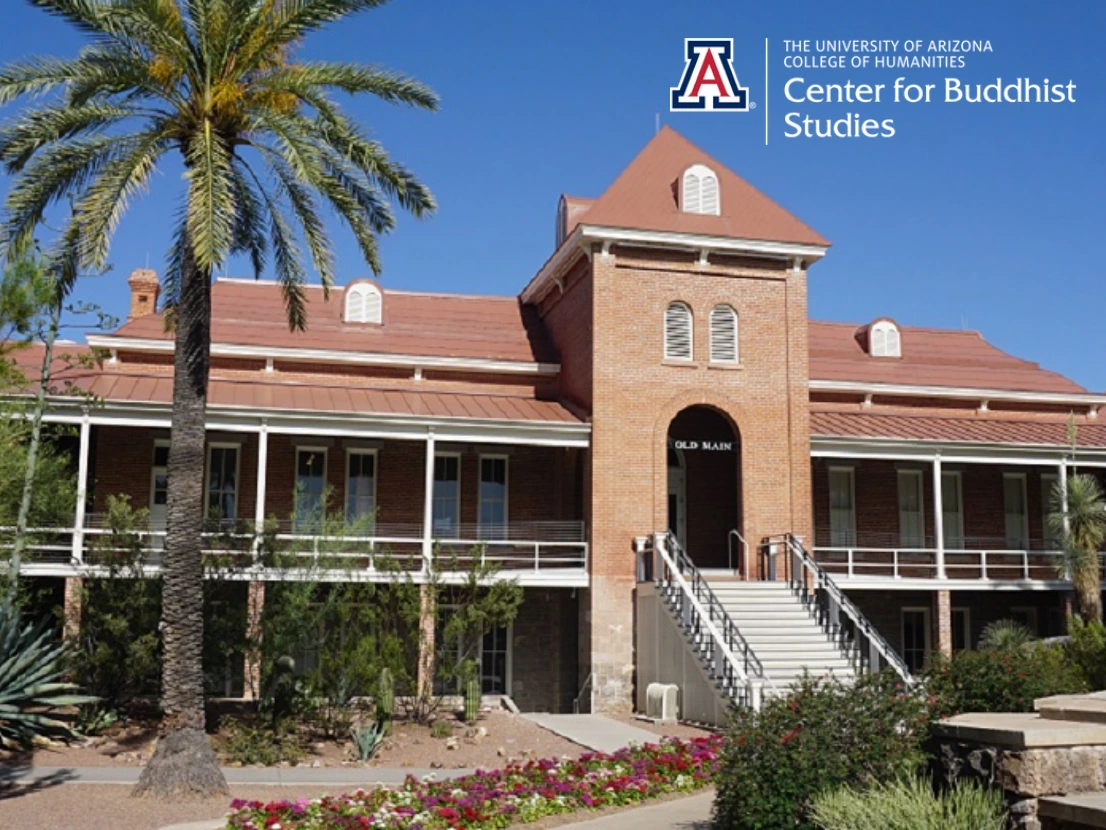
Dr. Saranathan, an MRI Physicist, is an Associate Professor in the Department of Medical Imaging in the College of Medicine. He is a dedicated Soto Zen practitioner and longtime meditator.
Imagine a group of men and women sitting in a circle with their eyes closed, paying attention to their breath and bodily sensations. We may assume this activity is happening at a local yoga studio or nearby Buddhist temple. In fact, these men and women are wearing army fatigues and are stationed in Joint Base Lewis–McChord, a military installation in Washington State!
It is hard to find a wellness article these days without a reference to mindfulness or meditation. Toddlers in the Bay Area, soldiers in an army base in Hawaii, top NBA basketball players, San Quentin prison inmates--and the list goes on--all seem to have been introduced to some form of mindfulness practice to help with a variety of situations from attention deficit disorder to heightened combat preparedness. Even more remarkably, these techniques have been introduced to them by psychotherapists or personnel with medical or science backgrounds.
At first, it seems hard to reconcile a core spiritual practice of a world religion with scientific disciplines that underlie the Western approach to health and healing. After all, in the West, science and religion have often been at loggerheads. Even organized debates, which go back to the famous 1860 debate between Julian Huxley, the celebrated biologist, and Reverend Samuel Wilberforce, the Bishop of Oxford, seem to polarize the two sides even further.
It has been a bit of a different story with Eastern religions, particularly Buddhism. Many Western scientists, particularly quantum physicists like Pauli, Schrödinger, and Heisenberg, have been intrigued by Eastern mysticism since the translation of Hindu and Buddhist works from Sanskrit to German by Schopenhauer. The World Parliament of Religions, held in Chicago in 1893, was one of the first venues where two prominent Buddhist monks, Anagarika Dharmapala and Shaku Soen, from two very different traditions (Theravada and Zen respectively), stressed Buddhism’s core principle of cause and effect and made parallels with modern science. Since then, Buddhist teachers from various lineages have flocked to the West, with every stream of Buddhism--Theravada, Mahayana, and even esoteric Tantric sects--establishing practice centers, monasteries, and nunneries in the West.
What is more intriguing is the dialogue that has been initiated between Buddhism and science. One of the key initiators of this dialogue, specifically involving neuroscience, has been Tenzin Gyatso, His Holiness the 14th Dalai Lama. Initially taking the form of personal discussions with the Dalai Lama dating back to 1983, the interchange led to the establishment of the Mind and Life Institute in 1991 by Francisco Varela, a Chilean neuroscientist, and American entrepreneur Adam Engle. Over the past 30 years, this institute has played a key role in the mindfulness meditation movement by bringing together disparate interests in annual conferences and dialogues.
Since those groundbreaking dialogues began more than three decades ago, scientists have studied various aspects of meditation and the brain, ranging from measurement of brain activity using EEG electrodes to functional MRI studies of meditating monks. Studies on consciousness, which was once a taboo subject in academic neuroscience, are once again a hot topic, with the Dalai Lama addressing the largest neuroscience conference, Society for Neuroscience, in 2005. Scientists have documented changes in brain plasticity with short-time meditators and pronounced changes in long-time meditators. More and more disciplines including neuroscience, neuroimaging, philosophy, and linguistics are coming together to study topics such as consciousness and the self, the principal concerns of Eastern religious philosophy.
While these are very exciting and positive developments, some scientists and religious practitioners have expressed caution and even cynicism about the commodification of ancient practices like mindfulness meditation. These skeptics assert that the removal of compassion and other moral and ethical underpinnings of Buddhism to make it palatable to a secular audience has resulted in a more self-centered version of the practice. Some scientists have also criticised the reductionist approaches used to validate some of the claims of meditation and its effects on the brain. In a sense, these challenges are reassuring, as these are the same rigorous processes to which scientific theories are subjected.
A fascinating participant in this dialogue is Evan Thompson, a philosopher from British Columbia and one of the authors of the 1991 book Embodied Mind (along with Francisco Varela and Eleanor Rosch). The book creates a dialogue between cognitive science and Buddhist meditative psychology and represents one of the first academic attempts to situate this dialogue in relation to other traditions such as phenomenology and psychoanalysis. The following video is a fascinating talk by Evan Thompson from 2016, 25 years after the publication of the book. It seamlessly weaves together Buddhist (and Hindu) philosophical traditions and Western phenomenology (as espoused by Husserl) to create a fascinating neurophenomenological approach to understanding the self across different brain states like waking, dreaming, sleeping, and altered states of consciousness.

